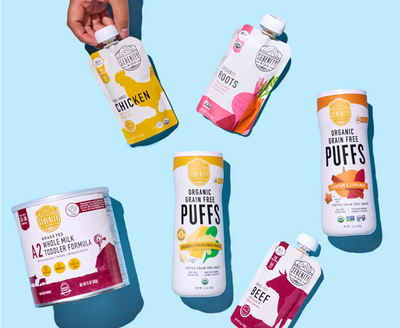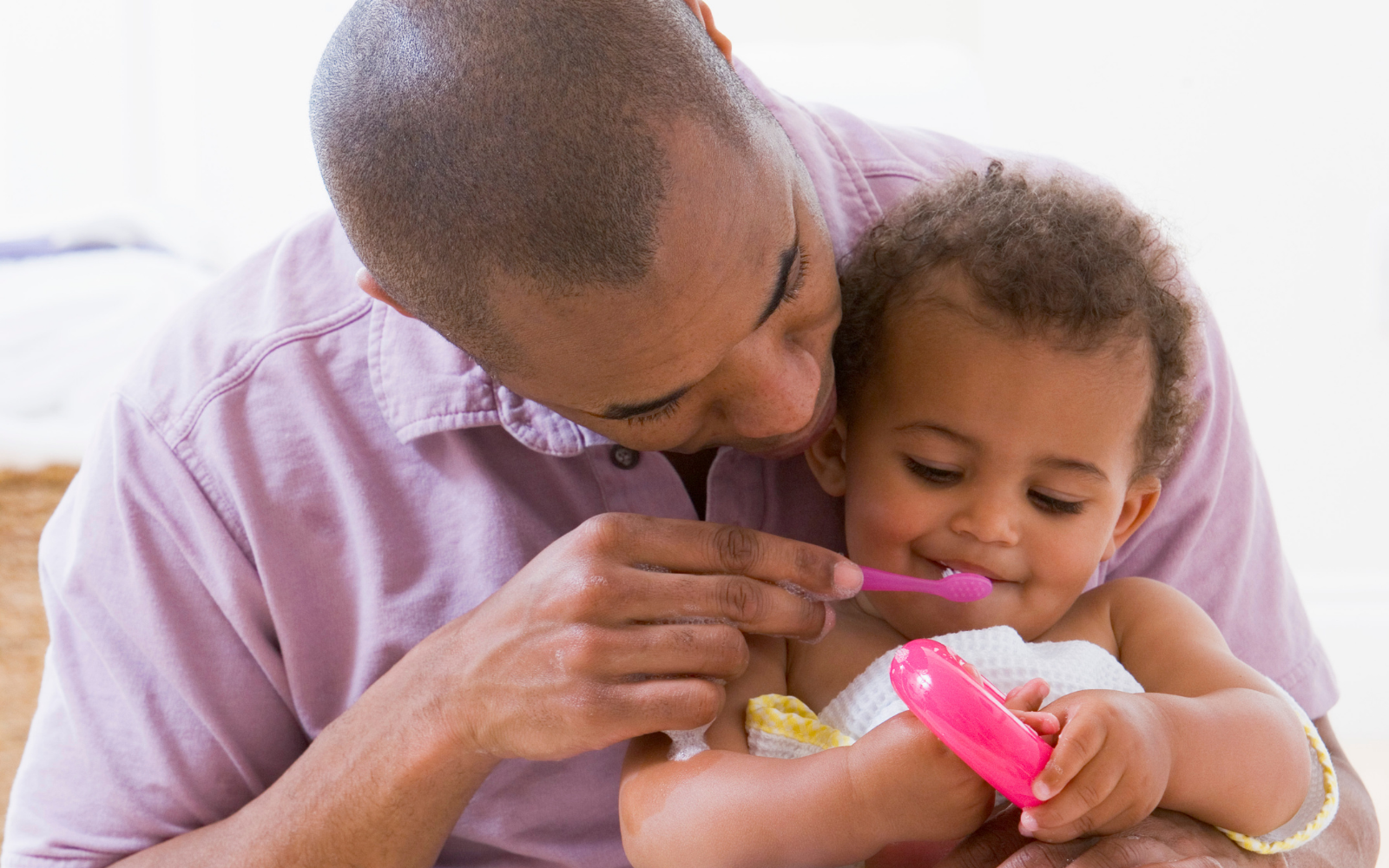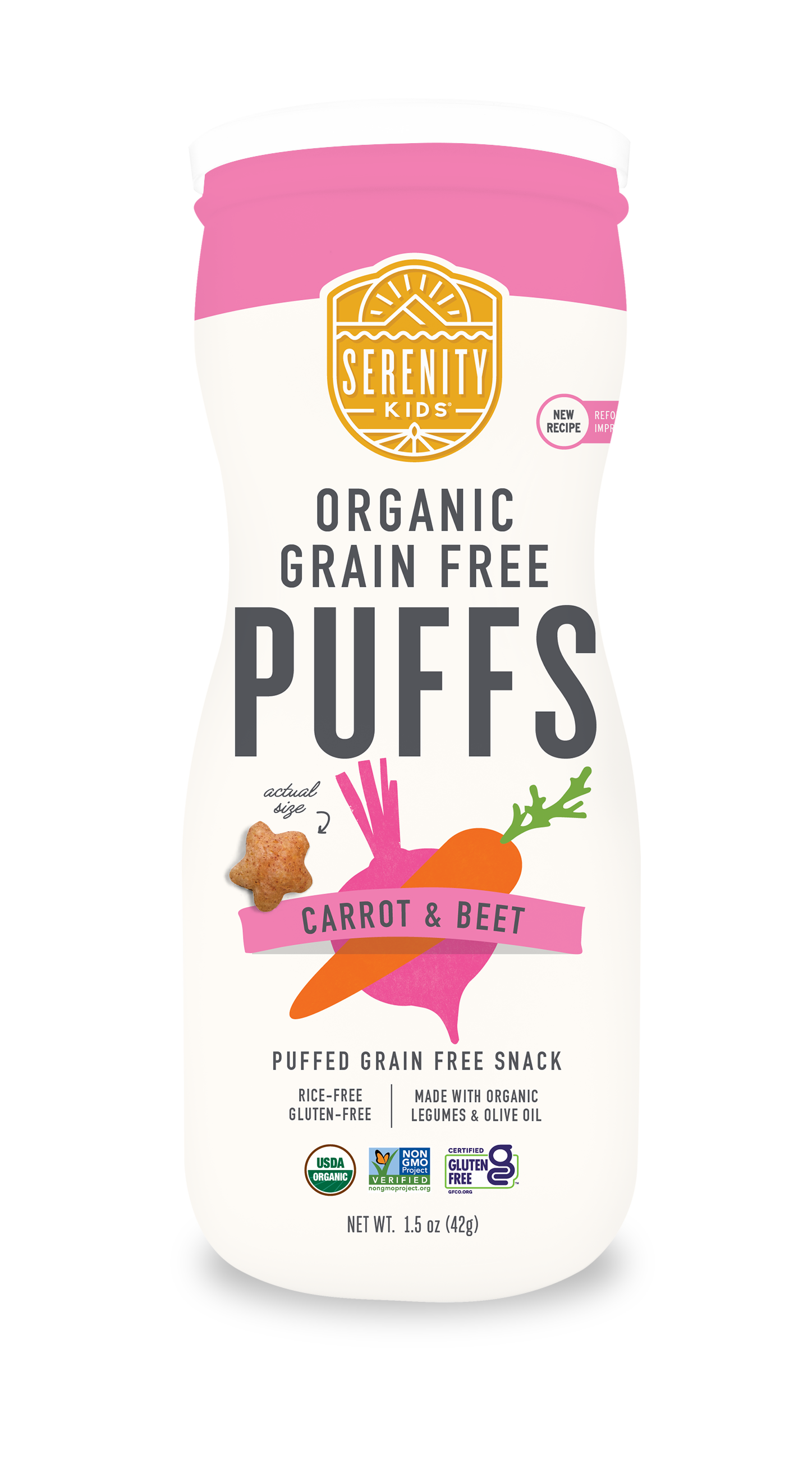The Ultimate Guide to Brushing Baby Teeth
There's nothing quite like the joy that erupts from your baby's first smile. Those tiny gurgles and toothy grins become some of parenthood's most treasured memories. But just like every other part of your little one, those precious pearly whites need proper care, even if they are temporary. This comprehensive guide will equip you with the knowledge and confidence to navigate your baby's oral health, from the first gummy grin to the independent brushing routines of toddlerhood.
Why Brushing Your Baby's Teeth Matters: Building a Healthy Foundation
It's easy to think that a baby's teeth, destined to fall out eventually, don't require much attention. However, these little teeth play a vital role in your child's development. They contribute significantly to speech development by helping them form sounds correctly. They also play a crucial role in chewing and breaking down food, aiding in proper digestion. Perhaps most importantly, the baby's teeth act as placeholders, ensuring proper spacing and alignment for the permanent teeth waiting to emerge beneath the gums.
Taking care of a baby's teeth goes beyond just aesthetics. Cavities and infections in baby teeth can cause significant pain and discomfort for your child. Early dental problems can also disrupt their sleep and eating habits, impacting their overall well-being. Most importantly, establishing a dental care routine early on sets the stage for good oral hygiene habits that will last a lifetime. Consistent brushing routines become ingrained behaviors, making it easier for your child to maintain healthy teeth throughout their lives and avoid tooth decay. And if you have a teething baby, check out our blog post on 27 Tips & Home Remedies for Teething Babies.
When to Start Brushing Baby Teeth: Caring for Gums and Early Teeth
You can begin caring for your baby's mouth even before their first tooth erupts. This might surprise some parents, but it's a crucial step in establishing good dental health habits. Here's what you can do:
- Gently Wipe Gums: After feedings, use a soft, damp washcloth to gently wipe your baby's gums. This removes milk residue and bacteria that can build up and irritate their delicate gums. It also acclimates your baby to having their teeth brushed.
- Around 6 Months: By around 6 months old, most babies start developing their first tooth. This is the perfect time to introduce a finger brush or a soft-bristled baby toothbrush. These brushes are specially designed for tiny mouths and gentle enough for sensitive gums. Also, check out this blog post by Serenity Kids if you’re curious about what sugar bugs are on teeth and how to avoid them.
Brushing Techniques for Tiny Teeth: Making it Fun and Effective
Brushing your baby's teeth might seem like a daunting task, but with the right approach, it can be a fun and bonding experience. Here are some tips for effective and gentle brushing for your child's teeth:
- Fluoride Toothpaste: Use a smear (not a glob!) of fluoride toothpaste recommended by your pediatrician. Fluoride is a mineral that strengthens tooth enamel and fights cavities. The American Academy of Pediatrics recommends a rice-sized amount of fluoride toothpaste for children under age 3.
- Gentle Brushing: Gently brush all surfaces of your baby's gums and teeth in a circular motion. Avoid harsh scrubbing, as this can irritate your baby's gums.
- Twice a Day is Ideal: Aim for brushing your baby's teeth twice a day – once in the morning and once before bedtime. Even if you can only manage once a day initially, consistency is key.
- Fun Makes it Easier: Make brushing time enjoyable! Use a colorful toothbrush with a fun character, sing brushing songs together, or create a sticker chart to track progress.
- Supervise and Assist: As your child gets older, you can graduate to a regular toothbrush and a pea-sized amount of toothpaste to help them brush their own teeth. However, continue to supervise brushing sessions and help them reach all areas of their mouth, especially the back teeth, until they develop the dexterity to brush independently (around age 6 or 7).
The Fluoride Debate: Understanding the Benefits and Concerns
Fluoride is a mineral commonly found in nature and added to many public water supplies. It has been extensively studied and proven to be effective in strengthening tooth enamel and preventing cavities. However, some parents have concerns about the safety of fluoride, particularly for young children. Here's a breakdown of the key points:
- Benefits of Fluoride: The American Dental Association (ADA) strongly recommends using fluoride toothpaste for children as young as six months old. Fluoride strengthens tooth enamel, making it more resistant to decay caused by cavity-causing bacteria. This is especially important for young children whose teeth are still developing.
- Addressing Concerns: A common concern is that children might swallow toothpaste. While this might happen occasionally, the amount of fluoride in a pea-sized amount of toothpaste is minimal and unlikely to cause harm. To minimize swallowing, supervise brushing sessions and encourage your child to spit out the toothpaste after brushing.
Building a Team: Partnering with Your Healthcare Provider and Pediatric Dentist
Your healthcare provider and dentist are valuable partners in safeguarding your child's oral health. Here's how to leverage their expertise:
- Pediatric Checkups: Regular checkups with your healthcare provider are crucial for monitoring your baby's overall development, including their oral health. The pediatrician can assess any potential problems with the teeth or gums and guide you on proper brushing techniques as your child grows.
- The First Dental Visit: The American Academy of Pediatric Dentistry (AAPD) recommends scheduling your child's first dental visit by their first birthday, or even earlier if they erupt teeth before then. This initial pediatric dentistry visit allows the dentist to examine your child's mouth for any developmental issues and get them comfortable with the dental environment.
- Fluoride Varnishes and Supplements: Depending on your child's risk factors for cavities, your dentist might recommend additional fluoride treatments. Fluoride varnishes are a professional-grade topical application that strengthens tooth enamel. In some cases, fluoride supplements might also be recommended, particularly if your child doesn't have access to fluoridated water.
Beyond Brushing: Diet and Oral Health
Just like brushing, establishing healthy dietary habits early on plays a vital role in protecting your child's oral health. Here are some key points to consider:
- Limit Sugary Drinks and Snacks: Sugary drinks and processed snacks create an acidic environment in the mouth, which can erode tooth enamel and increase the risk of cavities. Opt for water or milk as the primary beverage for your child. When it comes to food, choose whole fruits and vegetables over sugary treats.
- Post-Feeding Care: After nighttime feedings or when putting your baby to bed with a bottle, offer a sip of plain water to help wash away any residual sugar left in their mouth.
Making Brushing Baby Teeth a Habit: Consistency is Key
Brushing habits take time and consistent reinforcement to become ingrained. Here are some additional tips to keep your child engaged in oral hygiene routines:
- Lead by Example: Children are natural mimics. Brush your own teeth alongside your child, letting them see the importance you place on oral care.
- Age-Appropriate Tools: As your child grows, consider using age-appropriate electric toothbrushes with timers to make tooth brushing more engaging. Remember, supervision is still necessary until they develop proper brushing techniques.
- Positive Reinforcement: Focus on praise and encouragement over criticism. Celebrate their efforts and milestones as they learn to brush independently.
- Make it Fun! Playful stories, reward systems, and introducing new fun toothbrushes can keep your child engaged in brushing.
By following these tips and establishing a positive and consistent oral hygiene routine early on, you'll be well on your way to ensuring your child has healthy teeth and a beautiful smile for years to come. Remember, a healthy mouth contributes not only to a confident smile but also to your child's overall well-being
Remember to check out the large selection of products like organic baby food pouches, grain-free veggie puffs, and A2 Whole Milk Toddler formula by Serenity Kids!
Sources
- Toothbrushing Tips for Young Children - healthychildren.org
- Baby’s First Tooth: 7 Facts Parents Should Know - healthychildren.org
- Dental advice for babies and toddlers (0-3 years) - dhsv.org.au
- My Child Ate Toothpaste Should I Be Worried? - Poison.org
- Dental Fluorosis - American Dental Association
- Skeletal Fluorosis - Science Direct
- Fluoride - American Dental Association
- Dental Hygiene: How to Care for Your Child's Teeth - familydoctor.org
- Fluoride Clinical Guidelines - American Dental Association
- How Your Gut Microbiome Links to a Healthy Mouth - Dr. Steven Lin















































